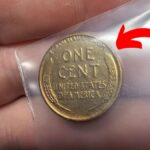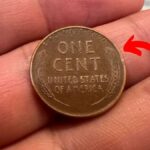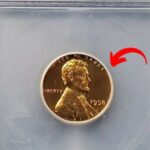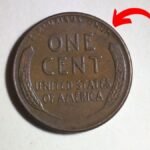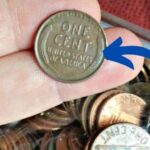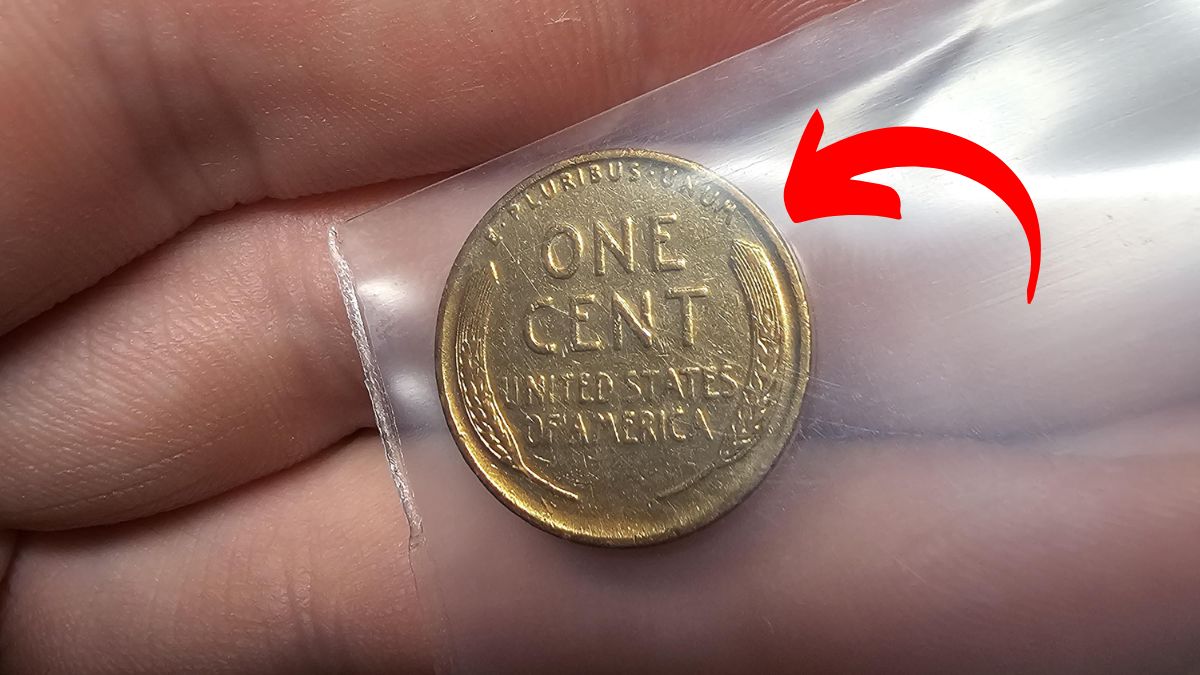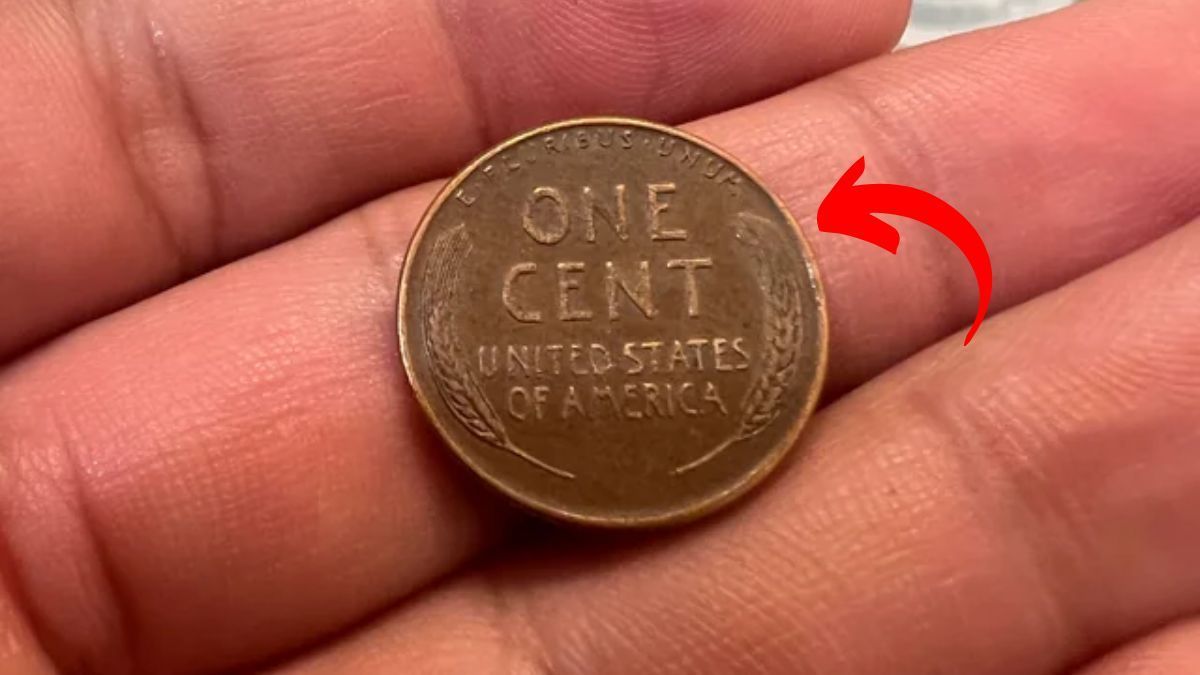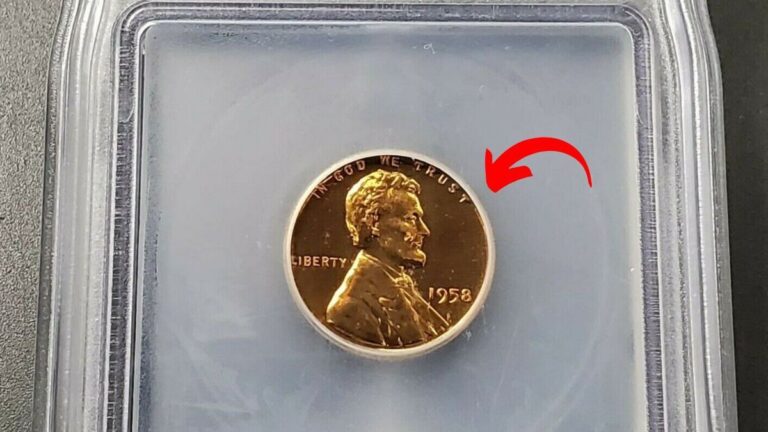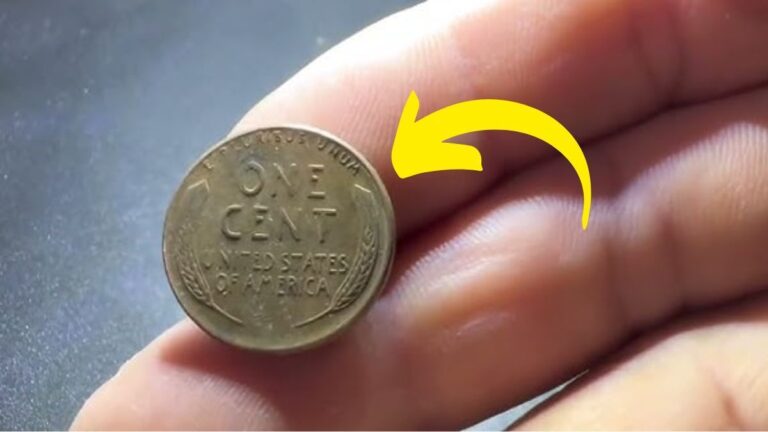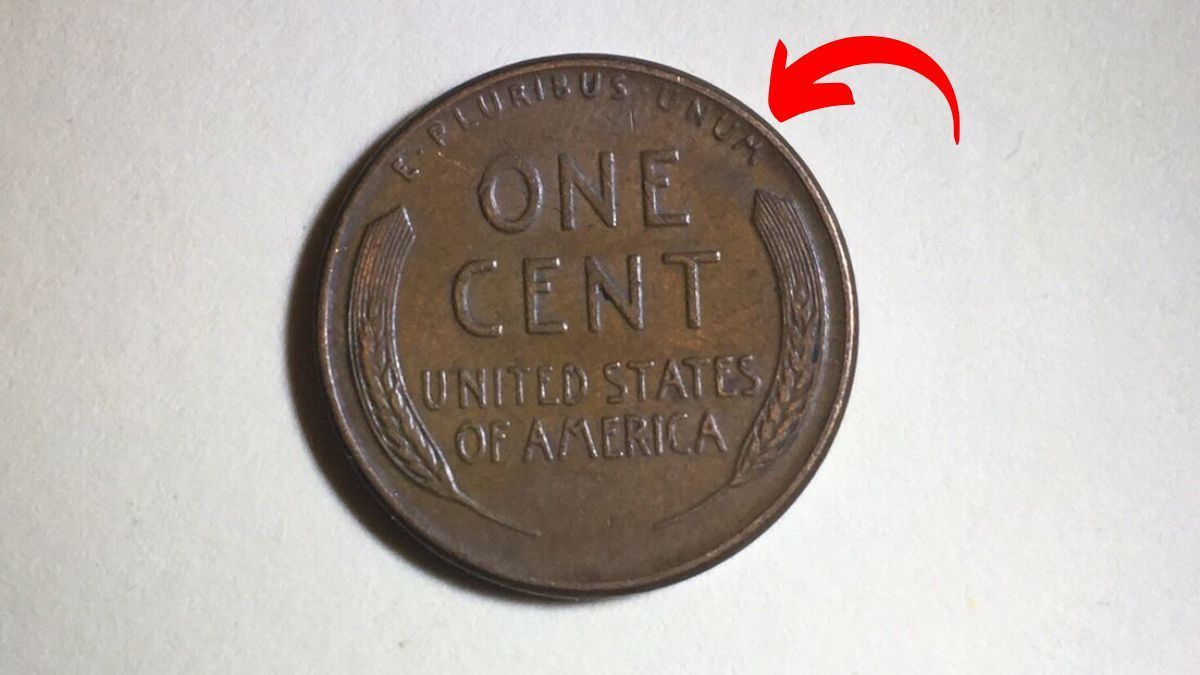Lincoln Wheat Penny Valued at $6.8 Million: Have you ever thought that a simple penny in your pocket could be worth millions of dollars? It might sound like a fairy tale, but for some lucky people, this has become reality. A rare Lincoln Wheat Penny recently sold for an incredible $6.8 million at auction, turning a one-cent coin into a life-changing fortune. What makes this story even more exciting is that experts believe some of these extremely valuable pennies might still be out there in circulation, possibly hiding in someone’s change jar or coin collection. This possibility transforms the ordinary act of checking your change into a potential treasure hunt. Let’s explore what makes these pennies so special and how you might recognize one if you’re fortunate enough to come across it.
The Lincoln Wheat Penny
The Lincoln Wheat Penny holds a special place in American coinage history. Minted from 1909 to 1958, it was the first U.S. coin to feature the portrait of a historical figure – President Abraham Lincoln. The coin was designed to commemorate the 100th anniversary of Lincoln’s birth, with his profile on the front and two wheat stalks on the back symbolizing America’s agricultural prosperity. For nearly five decades, these pennies were a common sight in everyday transactions across the country. While most Lincoln Wheat Pennies are worth only a few cents today, certain rare variations have become highly prized collectibles, commanding prices that seem unbelievable for such a small piece of metal.
What Makes Some Pennies Worth Millions?
The astronomical value of the $6.8 million Lincoln Wheat Penny comes from a perfect storm of factors that created an extremely rare coin. The most valuable Lincoln Wheat Pennies are those from 1943 that were mistakenly struck in copper. During World War II, copper was needed for military equipment, so the U.S. government directed the Mint to produce pennies using steel coated with zinc instead. However, a few copper blanks from the previous year accidentally remained in the presses, resulting in a small number of copper 1943 pennies being produced by mistake. This minting error, combined with their extreme rarity and historical significance, has made these pennies among the most valuable coins in the world.
The Wartime Penny
The story behind the $6.8 million penny showcases how historical circumstances can create incredible value. In 1943, with America fully engaged in World War II, metal conservation was a national priority. Copper was particularly valuable for making ammunition and other military supplies. The decision to switch penny production from copper to steel was a practical wartime measure, but it inadvertently created one of the most sought-after coins in existence. The few copper blanks that slipped through the quality control process became the famous 1943 copper pennies. Over the decades, these rare coins have occasionally surfaced in circulation, old collections, or family inheritances, creating instant wealth for their lucky finders.
How to Identify a Potentially Valuable Lincoln Wheat Penny
If you’re curious about whether your old pennies might be worth checking, there are several key features to look for. First and most importantly, check the date – the most valuable Lincoln Wheat Penny is the 1943 copper version. Most 1943 pennies should appear silvery in color because they were made of steel coated with zinc. If you find a 1943 penny with a copper color, you should examine it further. You can do a simple magnet test – a steel penny will stick to a magnet, while a copper one won’t. Another test is to weigh the coin if possible; copper pennies weigh about 3.11 grams, while steel ones weigh only 2.7 grams.
Other Valuable Lincoln Wheat Pennies to Look For
While the 1943 copper penny is the most valuable, other Lincoln Wheat Pennies can also be worth significant amounts. The 1909-S VDB penny, which features the designer’s initials (VDB for Victor David Brenner) on the reverse and was minted in San Francisco (indicated by the “S” mint mark), is highly sought after by collectors. Other valuable dates include the 1914-D, 1922 plain (with no mint mark), and 1931-S. When examining any Lincoln Wheat Penny, pay attention to the mint mark, which appears as a small letter under the date. Coins from the San Francisco (S) and Denver (D) mints are generally rarer than those from Philadelphia, which have no mint mark.
Could You Really Find a Million-Dollar Penny?
The exciting possibility that keeps many people checking their change is that yes, these valuable pennies could still be in circulation. While the odds are admittedly slim, valuable coins do occasionally turn up in unexpected places. Some people have found rare pennies in rolls of coins from the bank, in collections inherited from relatives, or even in their everyday pocket change. Many valuable coins remain undiscovered because their owners don’t recognize their worth. This is why numismatists (coin collectors) often recommend that everyone take a closer look at the pennies they handle every day – you never know when you might be holding a fortune in your hand.
What to Do If You Think You’ve Found a Valuable Penny
If you believe you’ve discovered a rare Lincoln Wheat Penny, there are several important steps to take. First, handle the coin carefully by its edges to avoid damaging it, and never clean it – cleaning can significantly reduce a coin’s value. Place the coin in a protective holder, such as a plastic flip or capsule. Then, research more details about your coin online or in reference books to see if it matches the characteristics of valuable pennies. For potentially valuable coins, seek professional authentication from a reputable coin dealer or a professional grading service like PCGS (Professional Coin Grading Service) or NGC (Numismatic Guaranty Corporation).
The Thrill of the Hunt
Beyond the potential financial windfall, there’s something deeply satisfying about searching for rare coins. Coin collecting combines history, art, and the thrill of discovery in a hobby that can be enjoyed by people of all ages. Each Lincoln Wheat Penny has passed through countless hands over the decades, connecting us to the past in a tangible way. The knowledge that a life-changing treasure could be hiding in plain sight adds excitement to the mundane act of handling change. This blend of historical appreciation and treasure hunting keeps many people eagerly checking their coins, hoping to make that once-in-a-lifetime discovery.
The $6.8 million Lincoln Wheat Penny stands as a remarkable example of how an ordinary object can become extraordinarily valuable under the right circumstances. While finding such a rare coin is undoubtedly a long shot, the possibility exists – and that’s what makes searching so exciting. So the next time you receive change or come across an old jar of pennies, take a moment to look through them carefully. Pay special attention to any Lincoln Wheat Pennies, especially those dated 1943. You never know – you might just discover a tiny copper disc worth millions right in the palm of your hand.
Disclaimer
This article is provided for informational purposes only. While the information about valuable Lincoln Wheat Pennies is based on documented sales and numismatic research, the author and publisher make no guarantees regarding the likelihood of finding such coins in circulation. Coin values fluctuate based on market conditions, authenticity, and condition. Readers should consult with professional numismatists or coin dealers before making any purchase, sale, or authentication decisions regarding potentially valuable coins.

